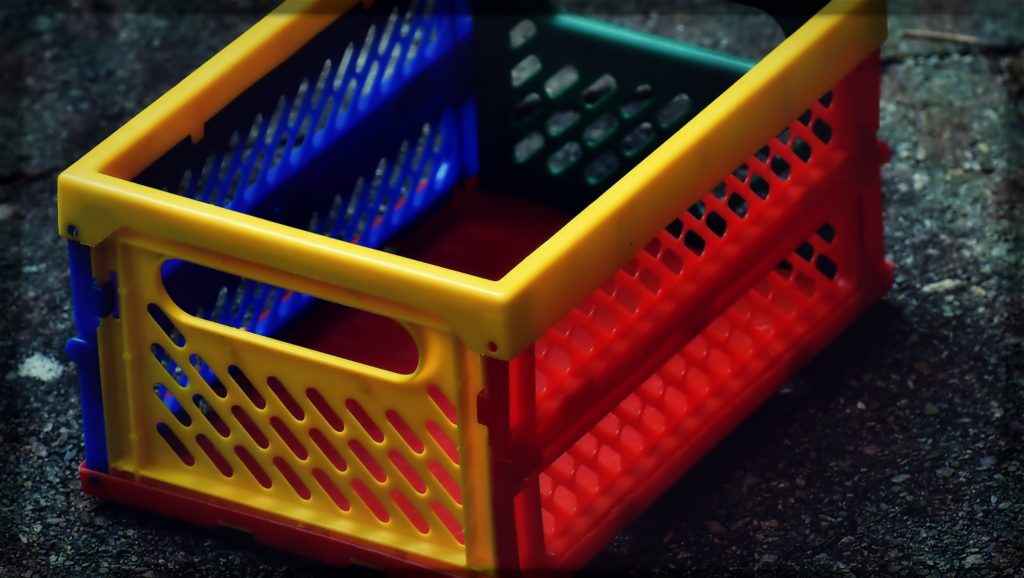When it comes to making plastic parts by using indirect processes, it can be done in various ways. Individual plastic parts or production runs of low quantity that is intended for functional usage may need different material properties other than the material utilized in available additive processes. This is also true even if the material is plastic. As a matter of fact, the additive part may belong to another type of material, such as paper or plaster.
The following include several methods used to produce plastic parts through indirect processes:
Silicone Rubber Tooling – is a standard technique in making small amounts of polymer parts. Nearly any physical item is able to be used as a pattern in making silicone rubber tooling, in which turn, these tools can be utilized to mold small and medium quantities of parts within a huge variety of epoxy, urethane, or other polymers. Some polymers have properties that emulate specific engineering thermoplastics. Also, it’s possible to fill them for more strength. This method won’t produce a part that’s identical to a part that’s injection molded because the manufacture’s conditions aren’t the same.
Silicone rubber tooling is usually used in manual casting techniques. However, more automated technologies have shown up in recent years. The reaction injection molding (RIM) systems can make several parts each hour from rubber molds. Additionally, molds last longer due to the lower exposure time of chemical procedures. A great amount of the other procedural variants is also available from some vendors, like rubber plastic molding.
RTV Molding Process – this is when the temperature vulcanizing of silicone rubber is occurring. This process is poured around the pattern of a frame of the silicon rubbing process. During this process, a vacuum may be required for the assembly in order to pull out air bubbles out of the rubber. This will help insure the fidelity of the pattern. And then, the pattern is removed when the rubber is solidified and ready for use.
Aluminum Filled Epoxy Tooling – is a great choice for short prototype and productions requiring an engineering thermoplastic as the final material. Thought to be one step above from the silicone rubber tooling, the fabrication is similar to it in a practice that’s more expensive and complicated.
Molds made with this technique are utilized in injection molding machinery, but the fabricated parts are not identical to the parts made in high volume mold. Considerably longer cycle time is required because of the material’s poorer thermal conductivity in comparison to metal. Additionally, lower pressures must be utilized to accommodate its lower strength. This process is best for simple shapes. Also, depending on the requirements, the tool life is adequate for a range of 50 to 1000 parts. Lastly, a simple description of the process is provided on the sidebar.
Spray Metal Tooling – made in a similar fashion to aluminum-filled epoxy tooling, an epoxy or metal alloy tool of low melting temperatures is prepared with casting this material against a pattern. Then, a thin coat of metal is arc sprayed on the working surface of the resultant mold to give it more strength. The tool life for this process is approximately the same as for aluminum-filled epoxy. However, this process can accommodate bigger parts.
Kirksite Tooling – is spectacular for more complicated geometries, but it’s normally more expensive and less accurate than spray metal tooling or aluminum-filled epoxy. Kirksite is an alloy that is zinc-based, and the tool, producing process begins with an additive pattern. There are more transfer steps than other methods mentioned above, and the tool life is the same as aluminum-filled epoxy tools or spray metal.
Rapid Solidification Process(RSP) – developed by the Idaho National Engineering and Environmental Laboratory (INEEL) working with many large corporations, RSP Tooling LLC was established to commercialize the procedure, but it’s no longer in business. INEEL is the only source of information remaining with this technique that is maintained in its Spray Forming Group.
With this process, high velocity spraying is done on molten metal to create a polymer or ceramic pattern that can be generated by additive methods and other ways. Alloys, Kirksite, invar, gray iron, brass, copper, tool steels, and stainless steel, for instance, can be used. Also, rapid cooling and hardening are done as the form is impacted by the metal droplets.
This procedure is extremely fast, high in resolution, and gentle. Also, superior, intrinsic, metal properties are yielded.
RePliForm – a process based on electroforming, it’s used mainly as a strengthening and finishing method for plastic parts produced by additive fabrication. It’s also a tooling process still which is its original application. With is process, a metal shell is plated on an additive master. Then, the pattern is removed after the electroforming of the metal shell, and the hollow space is normally filled up with a material of a ceramic composite.
